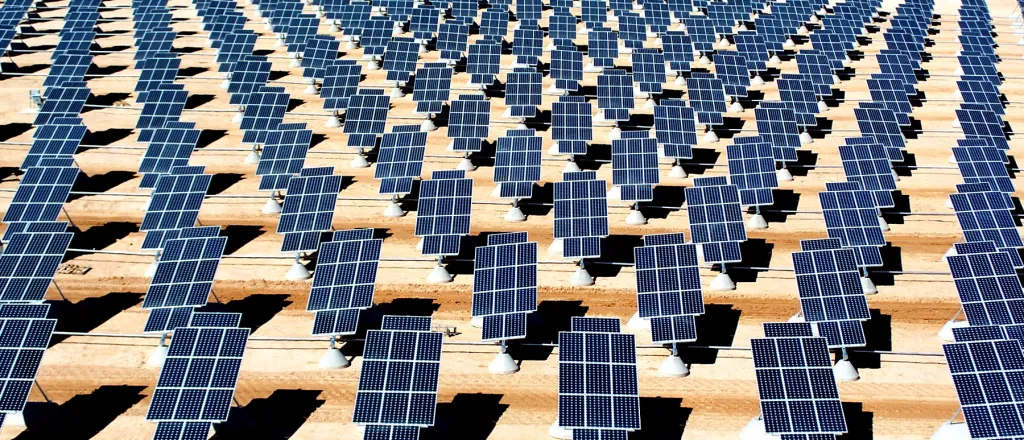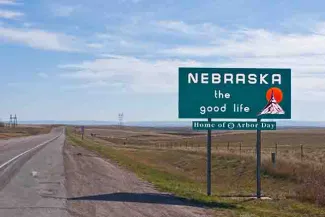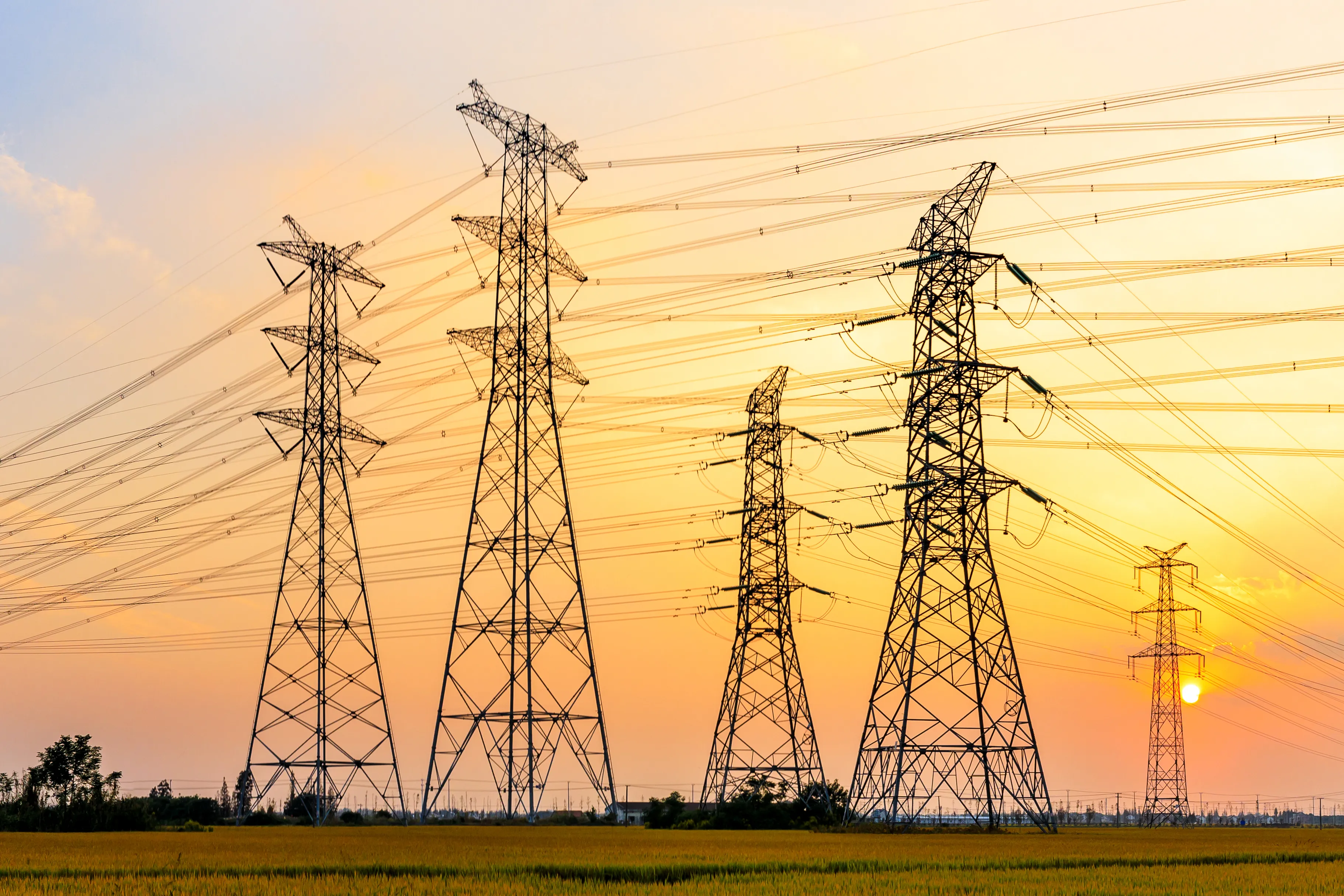
Nebraska Center for Rural Affairs' $62 million EPA grant will expand solar access
Click play to listen to an abbreviated version of this article.
(Nebraska News Connection) A federal grant of $62 million to the nonprofit Center for Rural Affairs in Lyons, Nebraska, will help build residential solar-power installations for Nebraska families who usually can’t afford the cost-saving systems, the center’s director said.
The Center for Rural Affairs is one of 60 grantees across the country that will participate in the Solar for All program, a Biden administration initiative that is part of the Inflation Reduction Act of 2022. The program will provide a one-time injection of $7 billion nationally to help people who would normally have a hard time paying for residential solar production capacity.

© iStock - wellesenterprises
“The people that have built solar have tended to be middle income and higher individuals or institutions that have the discretionary resources to do the upfront costs or do the financing,” said Brian Depew, executive director of the Center for Rural Affairs.
The center has advocated for economic justice and environmental stewardship in Nebraska’s rural communities for more than 50 years. The Solar for All project will serve all of Nebraska, not just rural areas.
“People with less fiscal capacity have not yet been able to participate fully in the benefits of solar energy,” Depew said. “That’s what we’re trying to change.”
The Center for Rural Affairs received word of the grant in April (2024). Depew said learning about the large grant was a “surreal” moment for his organization.
“It’s a major award for the Center for Rural Affairs,” Depew said in a Daily Yonder interview. “Just the magnitude of the award and the size of the project that we’ll be able to do.”
The Solar for All program comes out of the $27 billion Greenhouse Gas Reduction Fund in the U.S. Environmental Protection Agency (EPA). The agency estimates that 900,000 households across the country will benefit from the solar projects funded by the program. Recipients range from state governmental agencies to nonprofit organizations like the Center for Rural Affairs.
Once the awards are allocated to the organizations such as the Center for Rural Affairs that will distribute the funds to recipients, eligible households in all 50 states, the District of Columbia, Puerto Rico, U.S. territories, and tribal nations will be able to apply for grants, technical assistance, and loans to pay for solar panels.

In Nebraska, this opportunity will most likely open to residents in the next two years. “There will be an up to one-year planning period where we will further design…the application period [for grants],” Depew said. “We hope to start piloting some actual solar installations during the planning period, but it could be a full year before we are really up and ready to take applications from a broader array of people.”
Depew credits the Center for Rural Affairs’ success in getting this award to the number of stakeholders they conferred with during the application process. The center met with more than 50 stakeholders from rural, suburban, urban, and tribal communities in Nebraska to get their input for a program proposal that made sense for their communities. What made it into the final application was a three-part strategy for implementing residential solar in Nebraska.
The first strategy is community solar, in which public utilities manage the solar arrays and eligible residences could benefit from the solar through a subscription service or by owning some of the panels. The second is multifamily affordable housing solar, in which the center would work with utilities, developers, or low-income housing financing partners to deploy solar at multifamily residences. And the third strategy would be directly providing grants or loans for rooftop solar to individual residences.
The center’s Solar for All application proposed allocating each of the three strategies one-third of the total project funds. This could change as they work on the details in the planning process that will take place in collaboration with the EPA over the next year.
“All of the projects are required to be residential-serving solar, and they’re required to serve low to moderate income individuals and individuals living in historically disadvantaged census tracts,” Depew said.
The EPA identified these census tracts using the Climate and Economic Justice Screening Tool, which is part of the Biden administration’s Justice40 Initiative to ensure 40 percent of federal environmental investments go to communities that are “marginalized, underserved, and overburdened by pollution,” according to a press release. Some of these census tracts will include rural communities, but people can also qualify at the individual household level regardless of the census tract they live in.
The Solar for All money will be disbursed over a five year period. The Center for Rural Affairs plans to put some of the money into a revolving loan fund so they can extend the funding beyond the five years. A complete list of Solar for All awardees may be found here.
Claire Carlson wrote this article for The Daily Yonder.

















